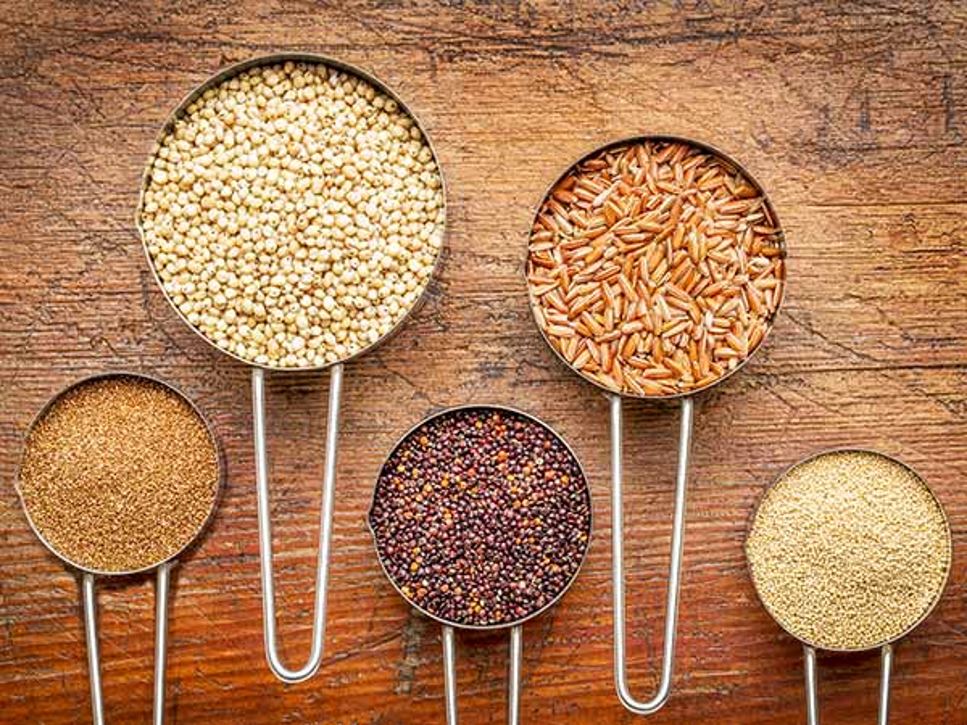Including whole grains as part of a healthy diet can help reduce the risk for heart disease, diabetes and some cancers. Don’t think you like whole grains? There are so many varieties available! Barley, quinoa, oats, brown rice, whole-grain pastas, breads and cereals are just some of the options you may find at your local market or store.
Whole grains contain three parts: the bran, the germ and the endosperm (refined grains only contain the endosperm). When reading food labels, look for the words "whole grain" in the ingredient list. The words multi-grain, stone-ground, 100% wheat, cracked wheat, seven-grain and bran don't necessarily indicate a whole-grain food. Color also is not a reliable way to pick a whole-grain product. Sometimes molasses or other added ingredients give food a brown color.
Another tip when shopping for whole grains? Choose products high in dietary fiber with minimal added sugars.
If you're trying to encourage more whole grains in your household’s diet, consider the following ideas:
- Hot breakfast cereals, including oatmeal and bulgur, topped with fruit
- Whole-grain noodles, such as penne or soba, mixed with vegetables
- Salads made with whole grains, such as quinoa or farro
- Bread made with whole-wheat flour or gluten-free grains such as amaranth or teff
If your family is new to whole grains, you can try introducing them gradually. Combine whole grains and refined grains in recipes until their palate has adjusted. This technique can be helpful for breads, baked goods and casseroles.
References
Find a Nutrition Expert
Looking for credible nutrition information and recommendations? The Academy of Nutrition and Dietetics' network of credentialed food and nutrition practitioners are ready to help!

